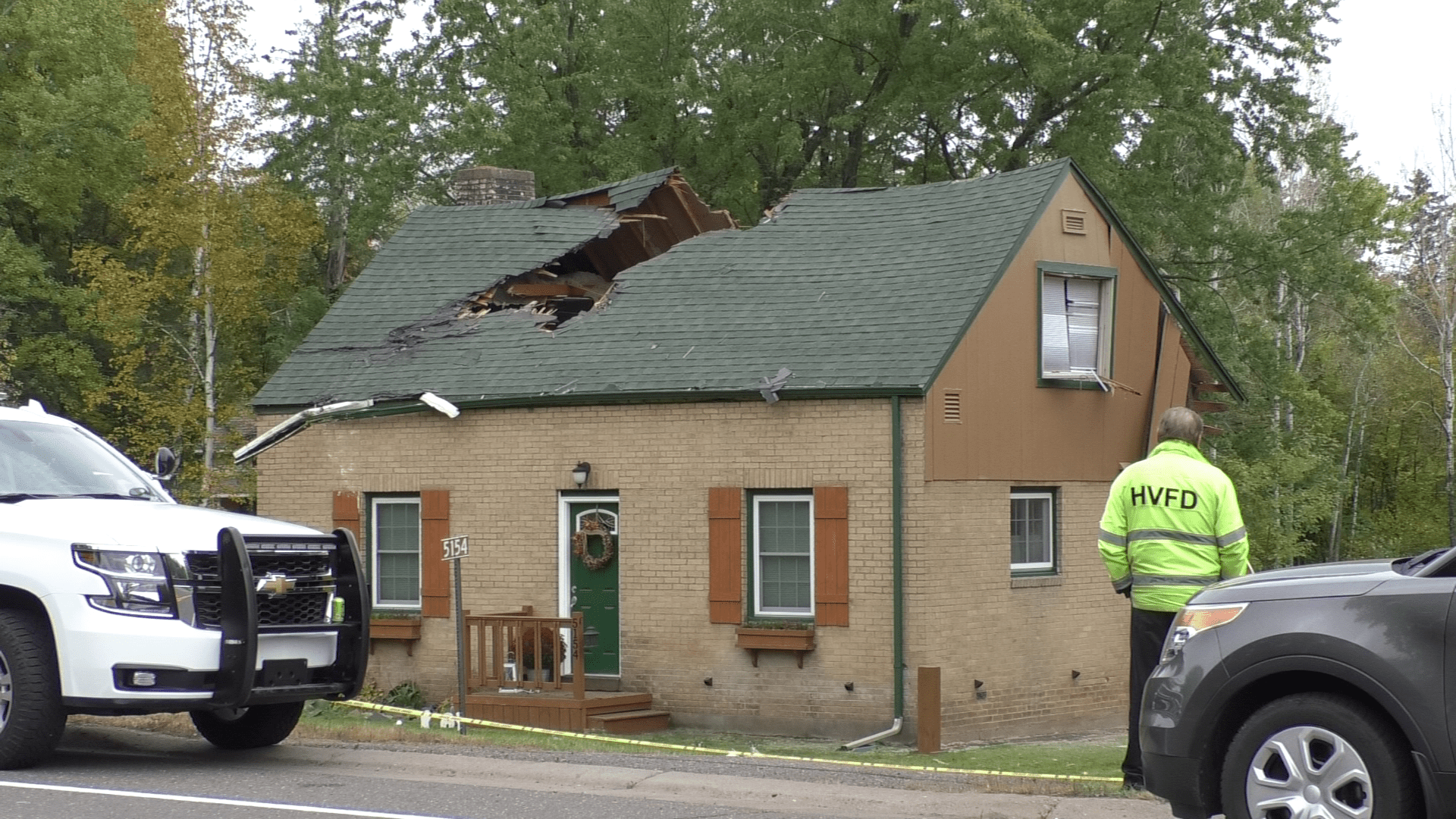Initial findings in fatal Hermantown plane crash

Hermantown Plane Crash (WDIO)
Initial findings have been released by the National Transportation Safety Board, after the fatal plane crash in Hermantown. Federal investigators published further details this week, without insight into what caused the plane to go down.
The NTSB described what lead up to the crash, as well as weather conditions and damage to the Cessna 172S plane. The report did not mention mechanical issues as a result.
Listed below are the initial findings:
- The pilot and passengers were friends who had flown up from a municipal airport in South St. Paul the morning of Oct. 1, attended a Twin Ports wedding and reception, and then attempted to fly back from Duluth International Airport about 12 hours after first arriving. They did not ask for any fueling or maintenance on the plane.
- The pilot, Tyler Fretland, 32, of Burnsville, Minnesota, incorrectly read back a “departure frequency” issued to him and wasn’t corrected by the air traffic controller.
- Preliminary tracking data indicates the plane left the airport’s runway at 11:12 p.m. and turned south while climbing to about 1,750 feet. It then entered a “tight,” 270-degree “teardrop turn” to the left and ultimately climbed to about 2,800 feet before descending.
- The air traffic controller tried to contact the pilot on the departure frequency and heard no response. The controller contacted Fretland on the airport’s “tower frequency” and instructed him to contact departure, which he did.
- As the airplane continued to turn left and descend “with increasing ground speed,” the controller asked Fretland to confirm that he was climbing. “There was no response and no further communication from the pilot,” the safety board’s report reads.
- The plane struck the front of a two-story house, passing through two upstairs bedrooms, then came to rest upside-down between a parked vehicle and a detached garage. There was no fire, and the crash left about 100 feet worth of wreckage.
- Post-crash checks on the plane’s engine showed no apparent issues with various components.
Read the full report below: